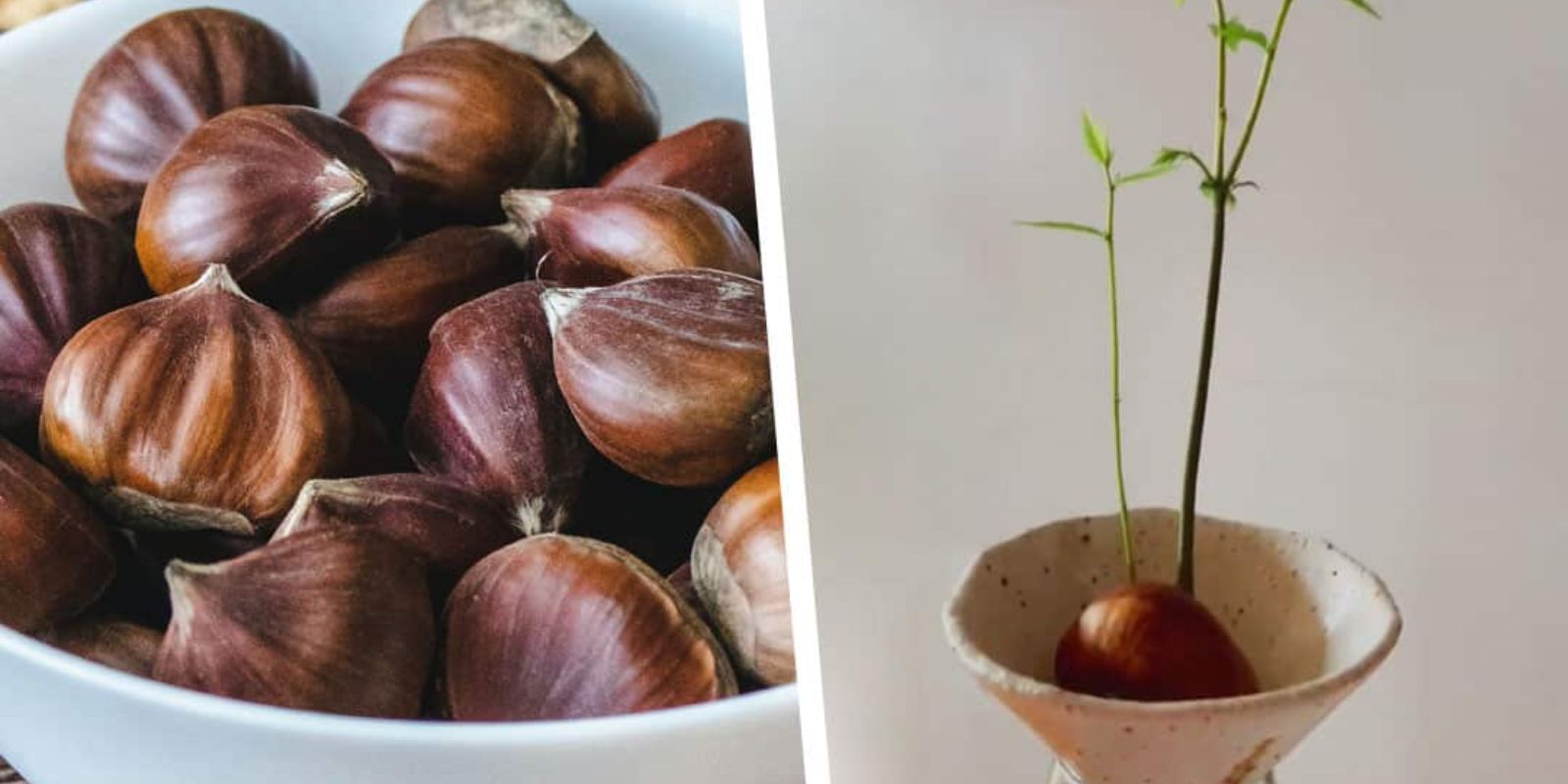Chestnuts have long been cherished for their sweet, nutty flavor and culinary versatility. Beyond their delicious taste, these trees offer shade and beauty, making them a valuable addition to any landscape. If you’ve ever wondered how to grow your own chestnuts from seeds, you’re in the right place! This comprehensive guide will walk you through the process of germinating chestnuts, from seed selection to planting and care.
Why Grow Chestnuts?
Before we dive into the nitty-gritty of germination, let’s explore why you might want to grow chestnuts in the first place:
- Nutritional Benefits: Chestnuts are rich in carbohydrates, vitamins, and minerals. They are a healthy addition to your diet, making them a fantastic choice for home gardening.
- Versatile Uses: Chestnuts can be roasted, boiled, or used in various dishes, from stuffing to desserts. Their unique flavor enhances both sweet and savory recipes.
- Sustainable Gardening: Growing your own chestnuts can reduce your carbon footprint and contribute to sustainable living.
- Ornamental Value: Beyond their fruit, chestnut trees are beautiful, with their lush foliage and attractive flowers. They can serve as focal points in your garden.
- Long-Lived Trees: Chestnut trees can live for over 100 years, making them a lasting investment in your landscape.
Step 1: Selecting Quality Seeds
Choosing the right seeds is crucial for successful germination. Here’s what to look for:
- Varietal Selection: Consider the variety of chestnut you want to grow. The American chestnut (Castanea dentata) is a classic choice, while the Chinese chestnut (Castanea mollissima) is more resistant to blight.
- Quality: Look for seeds that are firm, heavy, and free from blemishes or mold. Avoid any seeds that are cracked or have an off smell.
- Source: Purchase seeds from reputable nurseries or suppliers. This ensures you’re getting healthy, viable seeds.
Step 2: Cold Stratification
Chestnut seeds require cold stratification to germinate effectively. This process mimics the natural winter conditions that seeds would experience in the wild.
- Preparation: Place your seeds in a damp medium like peat moss or sand. Make sure it’s moist but not soaking wet.
- Refrigeration: Seal the seeds and damp medium in a plastic bag or container and refrigerate them for 30 to 60 days. This cold treatment helps break seed dormancy.
- Check Moisture: Periodically check the moisture level during stratification to ensure it doesn’t dry out.
Step 3: Soaking the Seeds
After cold stratification, it’s time to hydrate the seeds to encourage germination.
- Soaking: Take the seeds out of the refrigerator and soak them in water for 24 hours. This helps to soften the seed coat and prepare them for sprouting.
- Drain: After soaking, drain the seeds and gently pat them dry with a paper towel.
Step 4: Planting the Seeds
Now that your seeds are prepared, it’s time to plant them!
- Choose a Planting Location: Select a sunny spot in your garden with well-draining soil. Chestnuts thrive in full sunlight and prefer slightly acidic to neutral soil (pH 6.0 to 7.0).
- Prepare the Soil: Loosen the soil and mix in compost or well-rotted manure to improve fertility. This will provide the necessary nutrients for healthy growth.
- Planting Depth: Plant the seeds about 2 inches deep in the soil, with the pointed end facing down.
- Spacing: Space seeds about 4 to 6 feet apart, as chestnut trees can grow large and require room to spread.
Step 5: Watering and Mulching
Proper care during the early stages of growth is vital for your chestnut seedlings.
- Watering: Keep the soil consistently moist, especially during dry spells. Avoid waterlogging, as chestnuts do not thrive in overly wet conditions.
- Mulching: Apply a layer of organic mulch around the seedlings to retain moisture, suppress weeds, and regulate soil temperature.
Step 6: Monitoring Growth
After planting, it’s essential to monitor the growth of your seedlings and provide the necessary care.
- Germination Timeline: Chestnut seeds typically germinate within 2 to 4 weeks. Be patient, as germination can vary depending on environmental conditions.
- Thinning Seedlings: Once the seedlings have grown a few inches tall, thin them if necessary, leaving the strongest plants to mature.
- Fertilization: As your chestnuts grow, you can apply a balanced, slow-release fertilizer in early spring to encourage healthy growth.
Step 7: Transplanting
As your chestnut seedlings grow, they may need to be transplanted to their permanent location.
- Timing: Transplant seedlings when they are at least 6 to 12 inches tall and have a well-developed root system.
- Preparation: Choose a sunny spot with adequate space for mature trees. Dig a hole twice the size of the root ball to ensure easy root establishment.
- Transplanting Process: Carefully remove the seedlings from their original location, taking care not to damage the roots. Place them in the new hole, backfill with soil, and water thoroughly.
Step 8: Long-Term Care
Once your chestnut trees are established, they will require ongoing care to ensure healthy growth.
- Watering: Continue to water young trees during dry spells, especially in their first few years. Established trees are more drought-tolerant.
- Pruning: Prune your chestnut trees to shape them and remove any dead or diseased branches. This will promote better air circulation and overall tree health.
- Pest and Disease Management: Monitor for pests such as the chestnut weevil and diseases like blight. Consult local agricultural extensions for advice on organic pest management strategies.
- Mulching: Continue to mulch around the base of the tree to retain moisture and suppress weeds.
Conclusion
Growing chestnuts from seeds is a rewarding journey that requires patience and care. From selecting quality seeds to nurturing young trees, each step brings you closer to enjoying the delightful taste of homegrown chestnuts. With the right conditions and care, your chestnut trees will thrive and provide delicious harvests for years to come. So, roll up your sleeves and start your chestnut-growing adventure today!
Happy gardening! 🌰🌳 #GrowYourOwnFood #Chestnuts #HomeGardening #SustainableLiving #GardeningTips #TreePlanting

